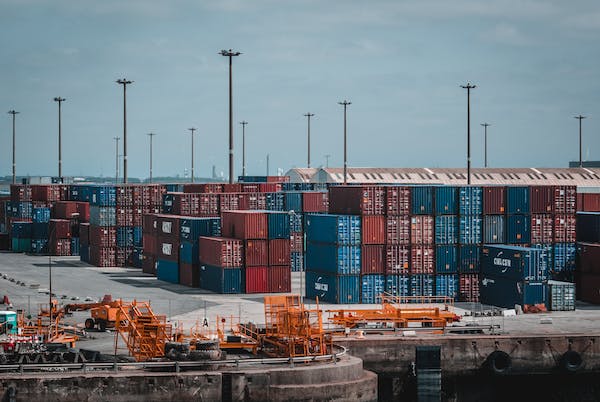A Guide to the International Freight Forwarding Process

Import and export of goods via trade is the heart of every economy in the world, which is why international freight forwarding organizations are some of the most importance firms around. International freight forwarders closely work with sellers and buyers in different countries to make sure that goods get where they need to go.
International freight forwarding companies act like the middlemen of the trade, helping both sides ensure the success of shipping. They strictly follow freight forwarder international standards which helps guarantee that the goods will be delivered on time. So, if you are a merchant or consumer that wonders how freight forwarders work, here is a step-by-step guide to help you out.
Stage One – Export Haulage
Export haulage is the process when an exporter moves their cargo to the freight forwarder’s warehouse. The forwarder use trucks or trains are used to move the cargo and might take a few hours to a couple of weeks depending on the location and other external factors.
Stage Two – Checkpoint
Checkpoint is the process of checking goods for damages or irregularities. When the export haulage stage is over, the freight forwarders who are getting the goods will check the shipment to make sure that the goods aren’t damaged in transit.
Stage Three – Export Customs Clearance
Every cargo requires clearance from the country of origin before being transported to another nation. Custom brokers do this by submitting details and supporting documents about the cargo. If a freight forwarding company does not offer this service, it is required to find a third-party customs broker service to help with the process.
Stage Four – Import Customs Clearance
The country where the shipment is going has to check the import customs documents once the shipment gets there. The freights forwarder or the customs broker chosen by the shipper can get this done before the cargo arrives as doing so can expedite the next steps of the shipment.
Stage Five – Destination Arrival and Handling
This is the stage where the cargo finally arrives and is taken care of by the freight forwarding company. Once the cargo arrives, international freight forwarders will receive documentation about the shipment from the office at origin. Here, the shipment is also transported to the forwarder’s warehouse before getting delivered or picked up by the buyer.
Stage Six – Import Haulage
This operation moves the merchandise from the warehouse to the intended receiver’s final location. Freight forwarders usually help deliver the merchandise to the shipping address. However, the consignee can also choose to pick up the shipment directly from the warehouse should they wish to.
How do Freight Forwarders Work?
Many people would think that freight forwarders have planes or ships they use to transport cargo vessels. However, this is not always the case. Instead, these companies simplify the process for both importer and buyer as they act like the main point of contact for these people throughout the shipment process.
The freight forwarder takes care of all the details of the shipment from start to finish. This includes tracking the arrival of the cargo ship and getting in touch with trucking, airline, or shipping companies to make sure the shipment is picked up and delivered on time. The freight forwarding partner handles all of these details and tells clients what they need to know.
Deliver Your Goods Using an Experienced Freight Forwarder
Excelsior is an international freight forwarder with 20 years in the industry. Our company is present in across Luzon, Visayas, and Mindanao and will make sure that your cargo is being transported at the right time safely whether by land, air, or sea. If you want to have your goods delivered by professionals, you can contact us at (+632) 8525-9775 or visit our website at https://excelsior.ph.
